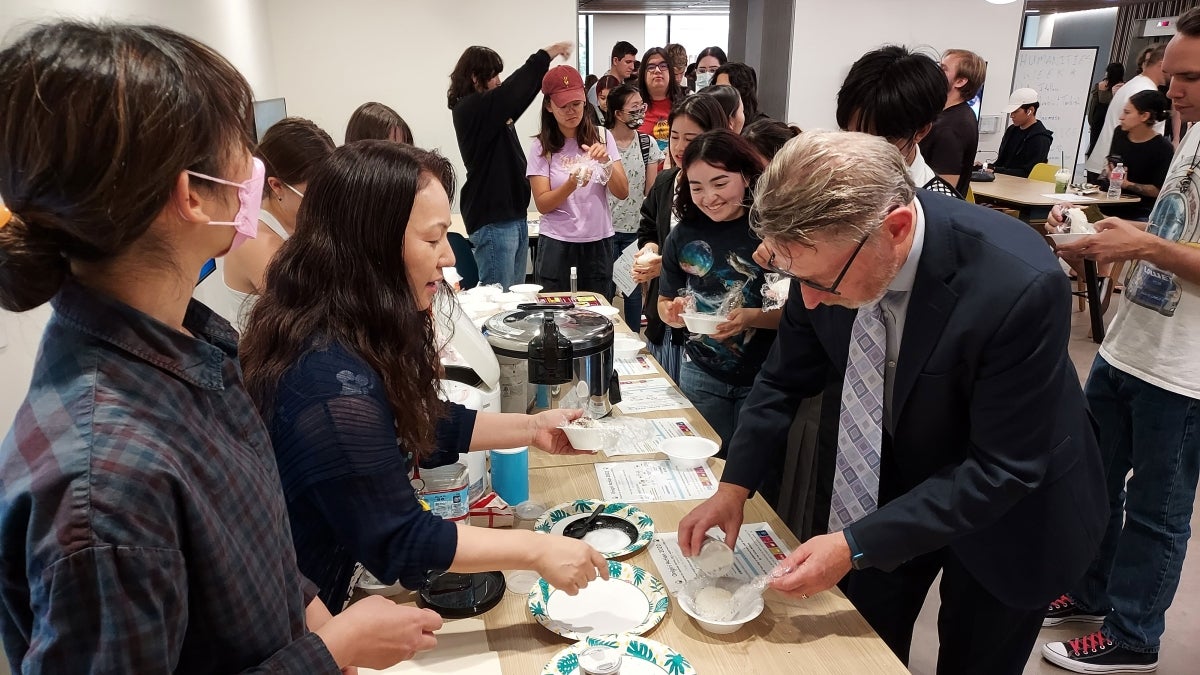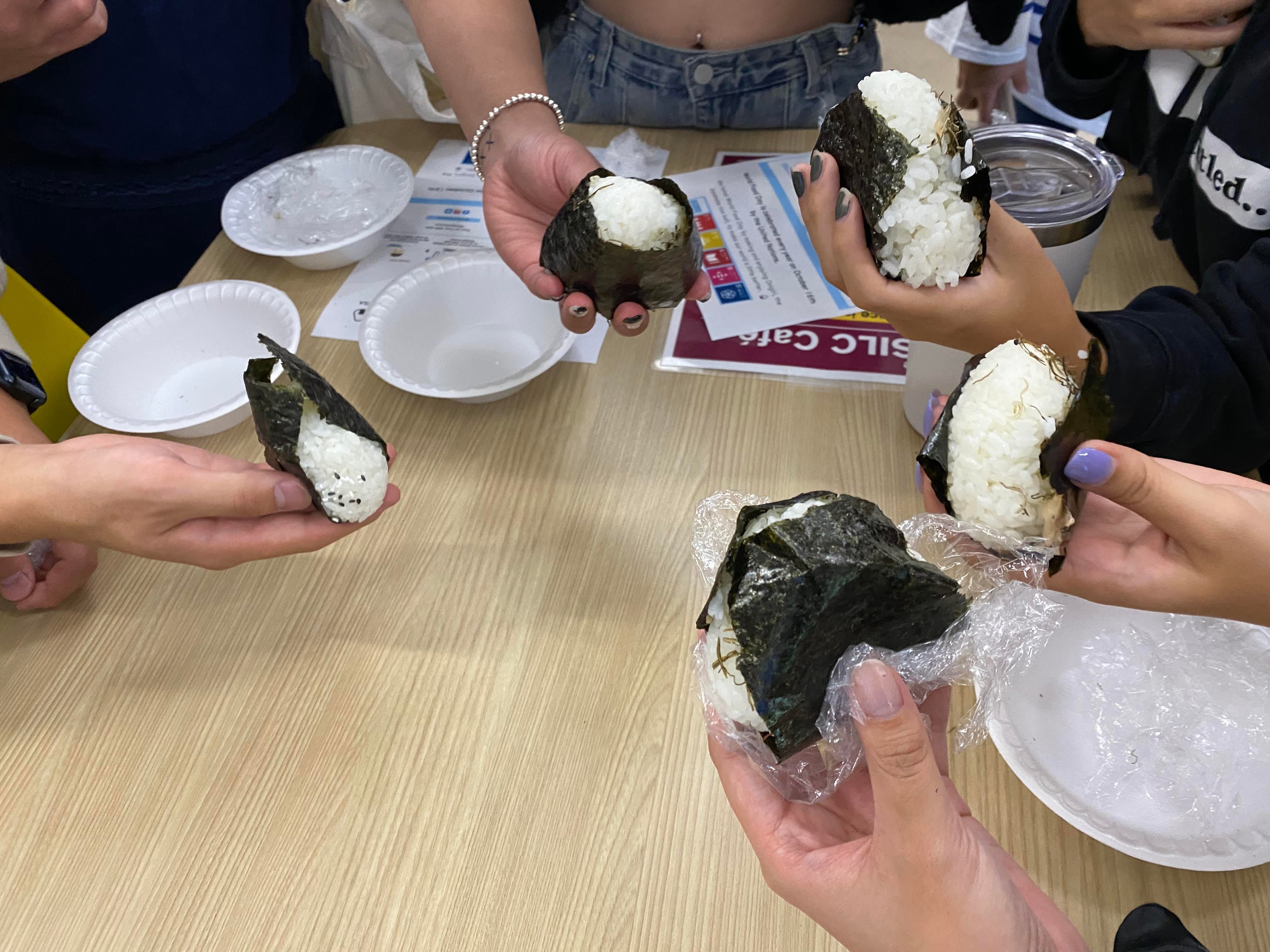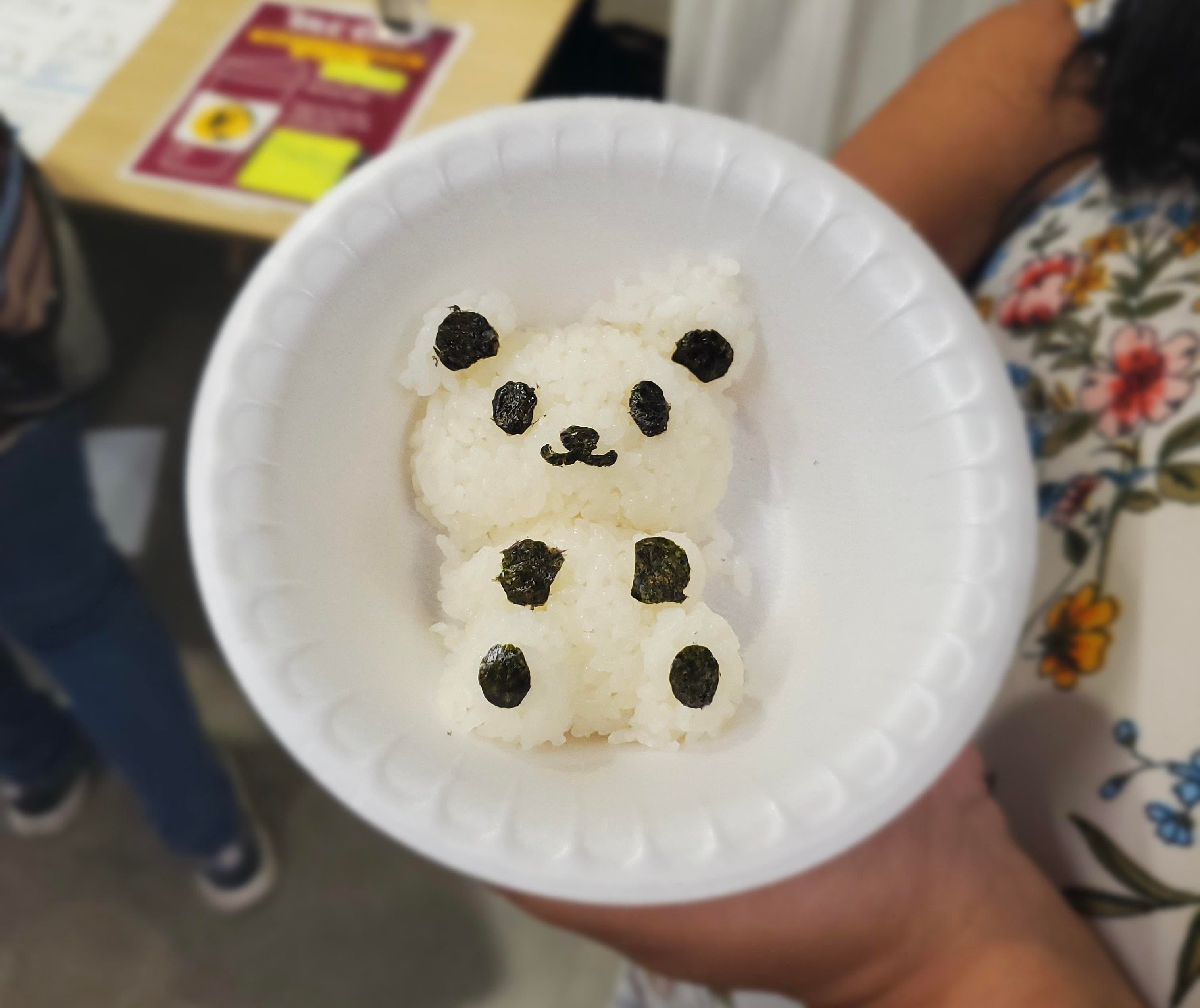Dozens of Arizona State University students and staff lined up in the SILC Cafe at Durham Hall on a Tuesday afternoon to participate in a popular part of Humanities Week festivities: Onigiri Action.
The event, hosted by Lecturer of Japanese Kumiko Hirano Gahan, provided students with the opportunity to make their very own onigiri, which is a deceptively simple dish originating in Japan and usually consisting of some shaped rice (often a ball) along with some nori (dried seaweed) and seasoning. Hirano Gahan said she views the event as a great opportunity for college students to better understand their own dietary decisions, with onigiri acting as a great example of a cheap, healthy and easy food for anyone to make.
“They can learn nutrition a little bit. Rice is very simple to make. … Rice is a staple food in Japan, and the cooked rice is called ‘gohan,’ which is equal to ‘meal.’ Often, meals are simply rice … there’s lots of love put into it,” Hirano Gahan said.
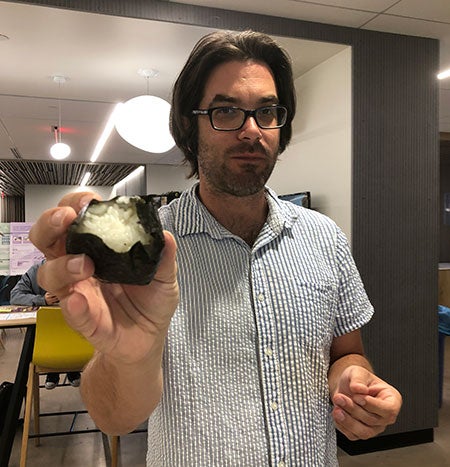
Associate Professor of Japanese William Hedberg holds his onigiri, a Japanese dish usually consisting of shaped rice along with some nori (dried seaweed) and seasoning. Photo by Kumiko Hirano Gahan
This was the third ASU event for Onigiri Action, a monthlong event led by the nonprofit organization Table for Two with the intention of promoting awareness about food insecurity around the world. The Oct. 18 event came just two days after World Food Day, a day that Table for Two holds as a focal point of its Onigiri Action campaign, which runs globally from Oct. 6 to Nov. 6.
The cause centers on five of the United Nations' 17 Sustainable Development Goals, which are meant to “provide a shared blueprint for peace and prosperity for people and the planet, now and into the future,” according to the United Nations. Onigiri Action focuses on goals 1 (no poverty), 2 (zero hunger), 4 (quality education), 10 (reduced inequalities) and 17 (partnership for the goals, strengthening means of implementation of the SDGs).
For each onigiri-related post made on the Onigiri Action website or on a social media platform with the hashtag #OnigiriAction, Table for Two — with help from donors and sponsors — provided five school meals to students in East Africa, Southeast Asia and local communities in the U.S.
“I want students to be aware that small things they do can be a big help to others and that it doesn’t cost them anything,” Hirano Gahan said.
The event gave the students an opportunity to make onigiri themselves served by both teachers and students in the Japanese department, with 95 cups of Japanese rice provided by IRIS USA.
Students hold their now-completed onigiri at the Oct. 18 event, part of ASU Humanities Week. Photo by Aidan Richmond
“Some of them (students) probably don’t know a good way to eat. Hopefully this will stimulate their awareness of what to eat,” Hirano Gahan said. “And you don’t have to spend a lot of money to eat well; they can actually start with just rice. If they actually know how to prepare it, it can help their life tremendously.”
In addition to promoting a good cause, Hirano Gahan said she viewed the event as a great opportunity for students to get familiar with and build an interest in Japanese culture and cuisine.
The event was first brought to Arizona State University from JETRO, or the Japanese External Trade Organization, which introduced the event to Hirano Gahan.
“JETRO actually approached me because this would be a great opportunity for the children in need, and it also acts as a way to promote Japanese rice at the same time. The Japanese government actually provided everything we needed the first time,” Hirano Gahan said.
An onigiri in the shape of a bear, an example of how onigiri are often used as a means of creative expression. Photo by Aidan Richmond
By the end of the event, over 130 onigiri had been made, a number greatly exceeding previous events, which were not open to the entire student body as this year’s event was. Although not for World Food Day, Hirano Gahan hopes to have a similar event again in the spring with more of a focus on growing awareness of Japanese culture.
Written by Aidan Richmond, a third-year sports journalism major at the Walter Cronkite School of Journalism and Mass Communication and a Japanese minor at the School of International Letters and Cultures.
Top photo: School of International Letters and Cultures Lecturer Kumiko Hirano Gahan helps Jeffrey Cohen, dean of humanities in The College of Liberal Arts and Sciences, create his own onigiri. Photo by William Hedberg
More Sun Devil community

These real-life heroes found educational support through ASU Online
When “God Bless America” played at Dani Bermudez’s naturalization ceremony, the moment gave her chills and cemented her resolve to one day serve in the military.The Colombia native enlisted in the…

Sun Devils in the sky
“Today was probably one of the most rewarding days I’ve had at ASU."That was the sentiment given by Andrew Vandertoorn, a C-17 evaluator pilot, first officer and 2002 Arizona State University…
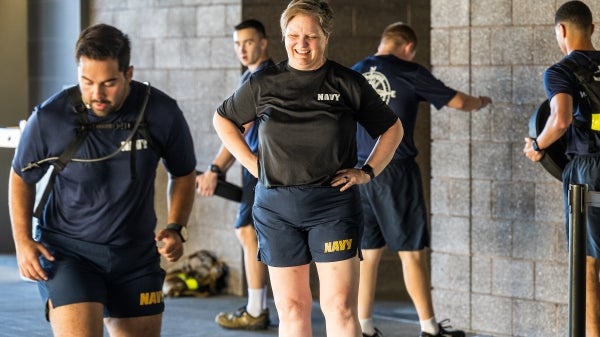
A decorated life: Navy ROTC professor demonstrates leadership excellence
Katrina Hill has received just about every type of military and academic accolade there is and has demonstrated leadership capabilities throughout her time in the service.A Harvard and MIT Fellow. A…
